10 Ideas for Modding Your E-Bike
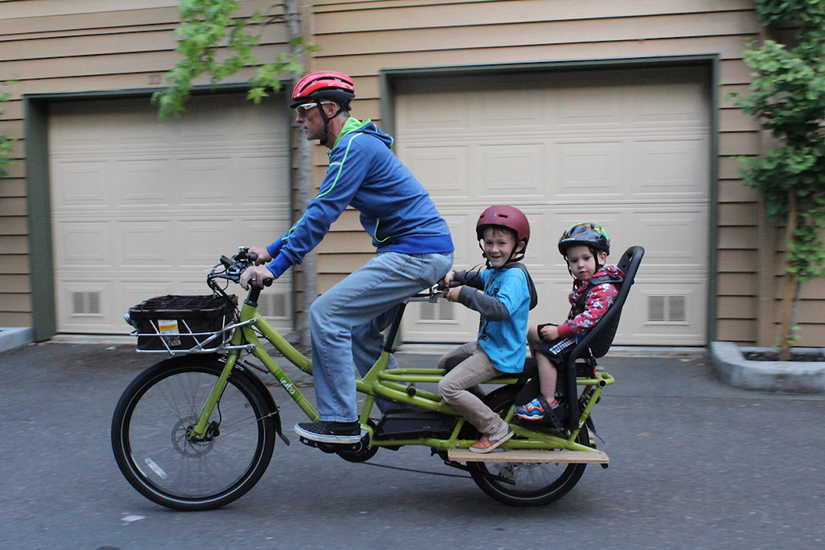
The ideal e-bike is the one that fits a rider’s needs. Simple enough, huh? But riders’ needs can vary just as much as people vary. An e-bike must fulfill its function in two different ways. The first priority is rider comfort. Being able to pedal an e-bike comfortably is one of the big factors in just how much someone will ride their e-bike.
For anyone who wonders how important fit is, consider how much adjusting we have to do after someone has moved the seat in our car. And if they moved the steering wheel as well, we may be fussing with seat placement for the rest of that trip.
Whether someone is tall or small, slight or beefy or whether they choose skinny jeans or have a trunk full of junk, each of those differences and where we fall on the spectrum will make a difference in how comfortable we are on our e-bike.
The second way an e-bike fits a rider’s needs is functional. Can someone with a family carry a kid? Can they make a run to the grocery store? Are they riding at dawn, dusk or in the dark? If they are commuting to work, can the e-bike be stored conveniently and safely?
Even after we’re done testing an e-bike in it’s shipped condition, you better believe we have certain things we like to swap out. Everybody wants to get the most out of their bike and have a comfortable ride.
We’ve compiled a list of 10 ideas for modding your e-bike that range between simple upgrades a rider can do at home to ones that will require a shop’s experienced mechanics and a few that sit in between the two, depending on how handy the rider is.
First, a few caveats
We want to share a word of caution regarding mods to an e-bike. The things we will suggest are to be filed under “no biggie.” But other changes someone might undertake could potentially violate the e-bike’s warranty and warranties exist to protect the owner as much as the manufacturer; they are meant to provide guidance, though the legalese can be hard to comprehend.
We caution riders not to make any changes to the frame, the battery or the motor. That’s not to say someone can’t buy an additional battery; we want to caution anyone from opening the battery’s casing. Same for the motor.
There’s a slight gray area here with a number of Class 2 e-bikes. Quite a few e-bike makers produce e-bikes that ship as Class 2 (that is, a maximum speed of 20 mph and with a throttle), but their website touts the ability to “unlock” the e-bike for Class 3 (up to 28 mph) top speed. Any time a manufacturer gives riders directions on how to unlock an e-bike, that’s fine. What we don’t recommend is attempting to unlock an e-bike the manufacturer has given no guidance on. With those e-bikes, unlocking them will clearly break the warranty and, worse, could tax the motor beyond how it is meant to perform, which could cause it to fail.
Some of our suggestions aren’t so much upgrades as they are changes for the sake of comfort. Some parts may be no better than what was included on an e-bike, but because of a different shape, length or width, may be more comfortable for a rider.
In our suggestions, we will indicate which can be done at home and which should be performed by the staff at a knowledgeable shop. For would-be home mechanics, be aware that every nut and bolt on an e-bike is metric. The rider who works on their old Chevy may not have the right tools in the garage.
Options one through four focus on comfort and will run less than $100. Five and six speak to functionality and will run more than $100. Options seven through 10 are performance-oriented and with the exception of replacing rotors (which will run less than $100), these upgrades will run $100 or more (or in the case of the second battery, much more).
Idea #1: Replace the tires
Home. Why would anyone replace tires that aren’t worn out? Well, there are a couple of reasons. The biggest among them, and our best suggestion for making any e-bike more comfortable is new tires. This is aimed at riders who own an all-terrain e-bike or any other e-bike equipped with knobby tires, but isn’t riding their e-bike offroad. A smoother tire will eliminate the buzz that the knobs give, which is usually most apparent in the rider’s hands. Replacing knobby tires with smooth ones will also result in quicker acceleration and increased range. Riders who do ride offroad and frequently encounter mud may want to consider a narrower tire. While fat tires are the first choice for sand and snow, in mud, which can be very slick, a skinnier tire will sink through the mud and grab the earth beneath the mud, improving traction and control.
Idea #2: Replace the saddle
Shop or home. Many of our suggestions will be aimed at increasing a rider’s comfort, and replacing the saddle is one of the two best ways to improve a rider’s comfort. That’s because most of a rider’s weight is supported by the saddle. Just how and where the rider’s weight comes down on the saddle can seem like heaven … or that other place. Many shops offer a saddle demo program where a rider can try a saddle for a day or two before making a purchase. Failing that, a liberal return policy is a good way to go. We do recommend working with a shop because it’s possible to purchase the right saddle, but if it isn’t adjusted right, it can still be uncomfortable for the rider. For those inclined to DIY in their garage, our advice is to position the saddle so that it is level.
Idea #3: Swap out the bar/stem
Shop or home. This is less an upgrade than a change. For riders who are uncomfortable with the reach to the handlebar on their e-bike, whether the bar is too far away or too close to their torso, the bar and stem can be changed to either increase or decrease that reach. Working with a bike shop is the best way to go about this because they can help figure out what size stem and/or handlebar can be installed. (There are a variety of different diameters used in handlebars and fork steerers.)
Idea #4: Upgrade the grips
Home. Some e-bike makers will include simple rubber grips that can twist or even slide off the handlebar. This isn’t a common occurrence, but even a slight twist can make a rider nervous. Those cheap grips can be replaced with “lock-on” grips that secure the grip to the bar with a small clamp in the grip. Some grips include a small “wing” which provides extra support for the heel of a rider’s hand and are great for anyone who may experience occasional numbness or tingling in their hands.
Idea #5: Add a rack and cargo bag
Home. A great many e-bikes ship with a rear rack included in the e-bike’s complement of included accessories. For those who purchased an e-bike that didn’t include a rear rack, they can be added easily enough. Most e-bike companies sell racks that they have already established will fit on a given frame design. The big selling point on a rack is the ability for a commuter to attach a cargo bag with a laptop, lunch, etc., instead of a backpack, which tends to result in a sweaty back.
Idea #6: Add lights
Home or shop. Riders need not ride at night for lights to be necessary, or even a good idea. Daytime running lights help alert drivers, stroller-pushing moms and others to a rider’s presence. Also—and this may be a surprise—when riding at dawn or dusk, riders need lights lights that are brighter than what is necessary to ride safely in darkness. That’s because at sunup and sundown a bike light must overcome the ambient light in order to make a difference. A bike shop can be handy in selecting lights because they can often help a rider find a better light that will work with their e-bike’s wiring so that they can run the lights off of the battery, rather than the more limited internal battery found in many lights.
Idea #7: Replace the rotors
Shop. Replacing the brakes on an e-bike can run hundreds of dollars and may be a bigger investment than some riders are willing to make. There is a shortcut to better braking, though. Simply replacing the existing rotors with larger rotors will increase the brake’s leverage on the wheel, giving the brake more bite. For an e-bike with 160mm rotors, that means going to 180mm rotors and for e-bikes with 180mm rotors (the most common size), the next size up would be 203mm rotors. In addition to mounting the new rotors, a spacer will need to be inserted between the brake caliper and the frame/fork. The shop can then realign the brake.
Idea #8: Replace the suspension fork
Shop. All-terrain e-bike in the $1000-$2000 range often come with suspension forks that feature a steel coil spring. These forks don’t permit the fine tuning possible in a suspension fork with an air/oil design. Air springs are smoother and these forks allow for a rider to dampen rebound so that the rider doesn’t feel like their front wheel is mounted to a pogo stick. A good shop can walk a rider through the choices in compatible suspension forks and then handle installation.
Idea #9: Replace the brakes
Shop. We don’t often see e-bikes with brakes that aren’t up to the job, but we do come across them on occasion. Some larger riders may want a more powerful brake that will give them a reduced stopping distance and better brake modulation in corners and when going downhill. Upgrading from mechanical disc brakes to hydraulic disc brakes or from two-piston hydraulic disc brakes to four-piston hydraulic disc brakes will make a big change in how the e-bike stops.
Idea #10: Purchase a second battery
Home. Sooner or later nearly everyone forgets to charge their e-bike’s battery after a ride. That can result in a change of plans for a morning commute or the run to the grocery store. Most e-bike manufacturers include batteries in their, uh, battery of accessories. Pro move: Riders with a long commute might consider purchasing a second charger to keep at work.
Conclusion
Any time someone buys an e-bike, the key to making it a part of life is to make sure that it is as suitable to the rider’s needs as possible. Comfort, accessories and ease of use are big factors. While no one needs to pursue all of these options, each one has the ability to make the riding experience easier, more comfortable and more enjoyable.
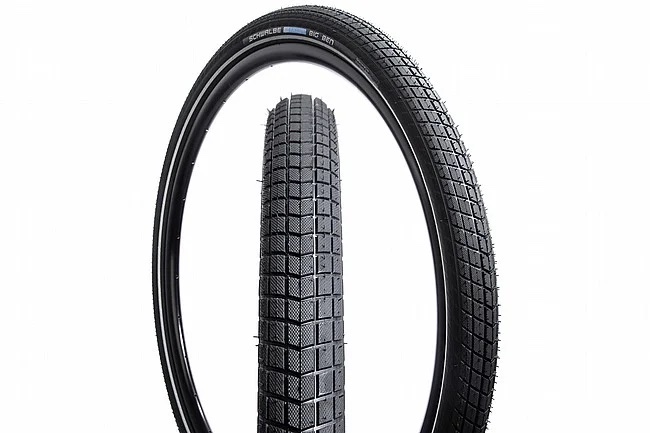
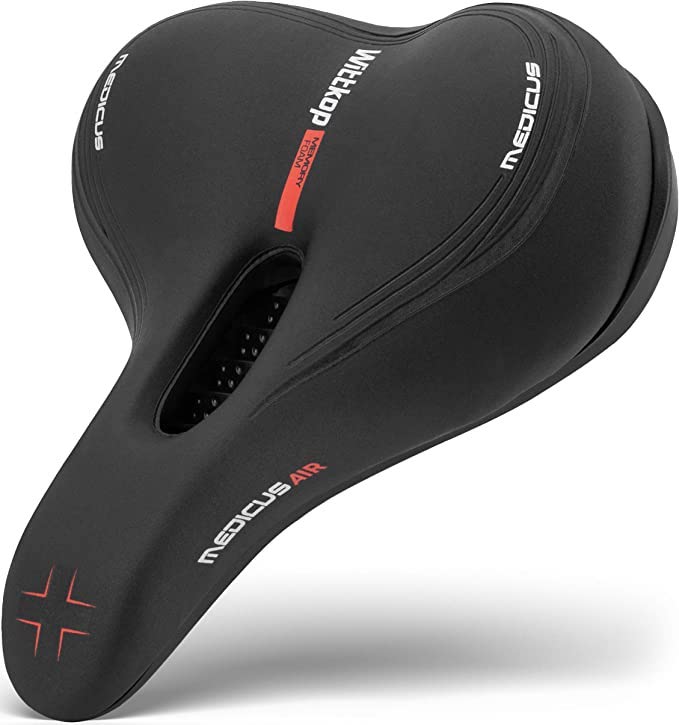

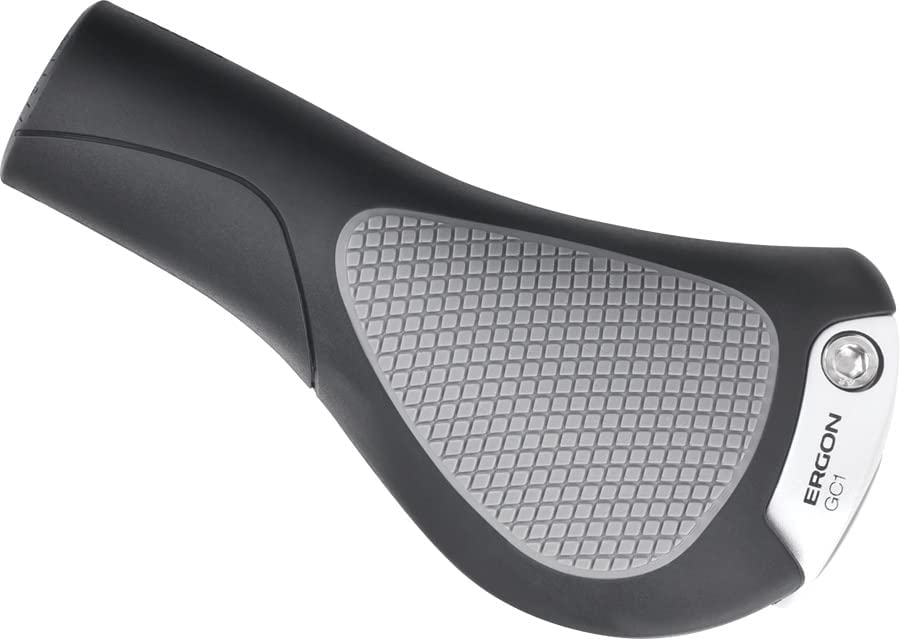
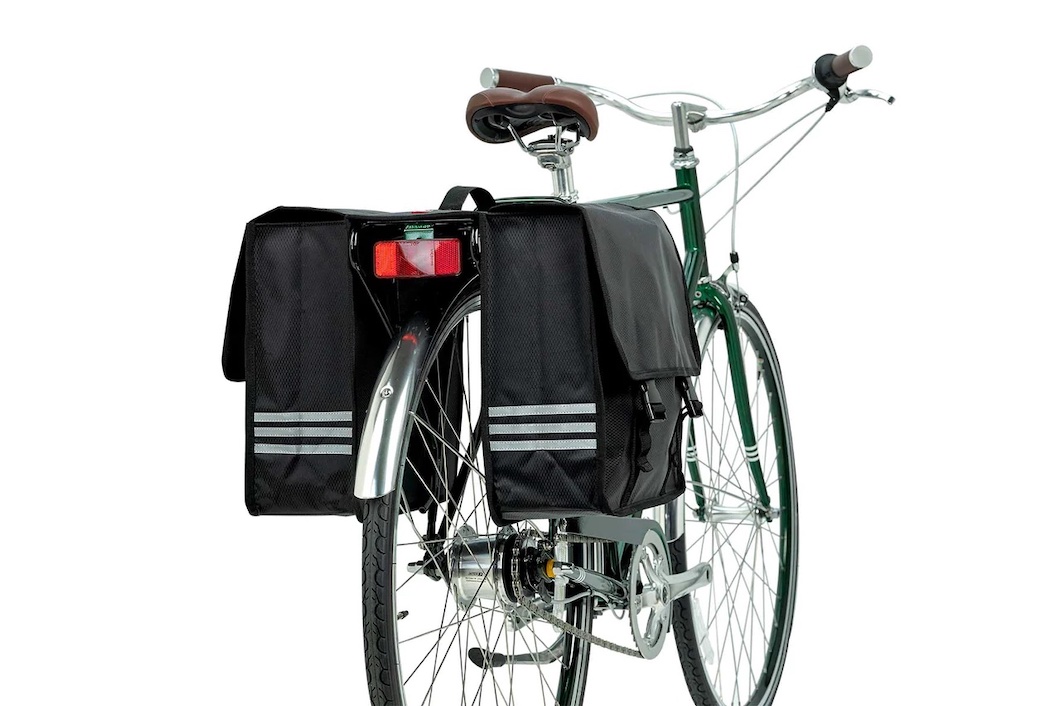
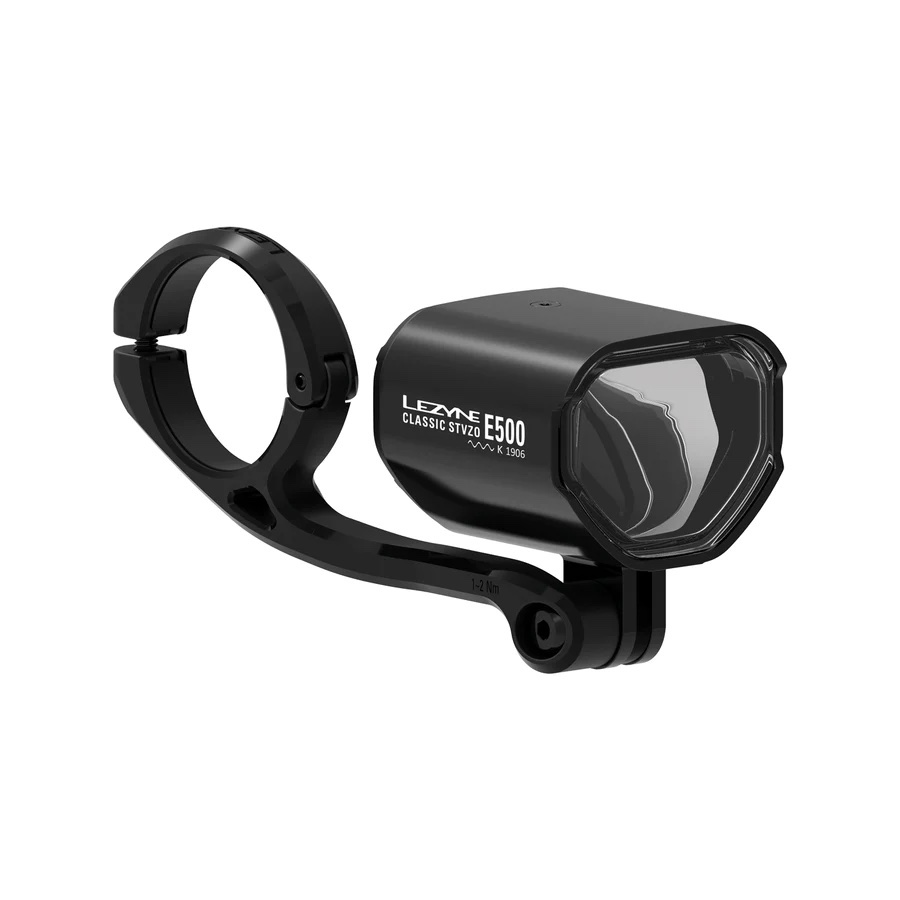
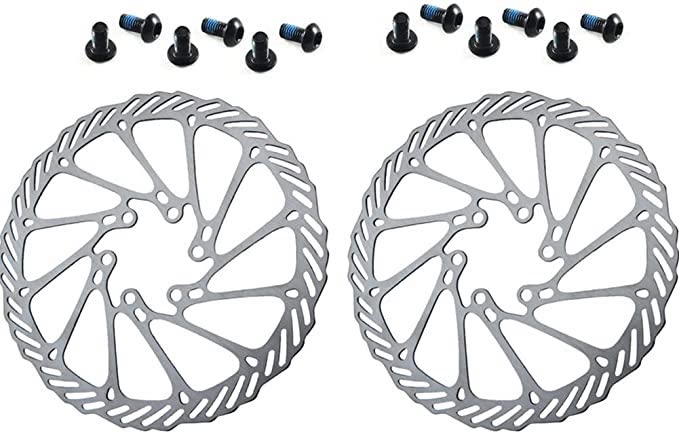

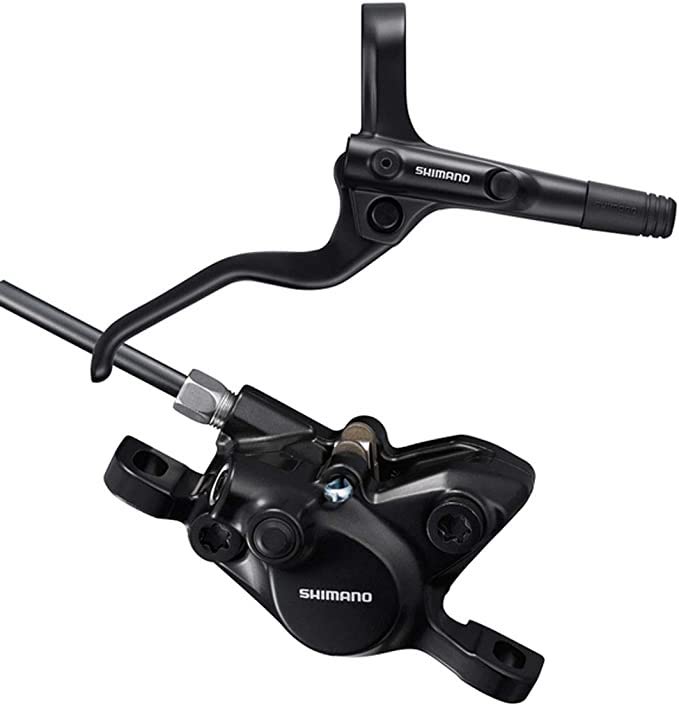
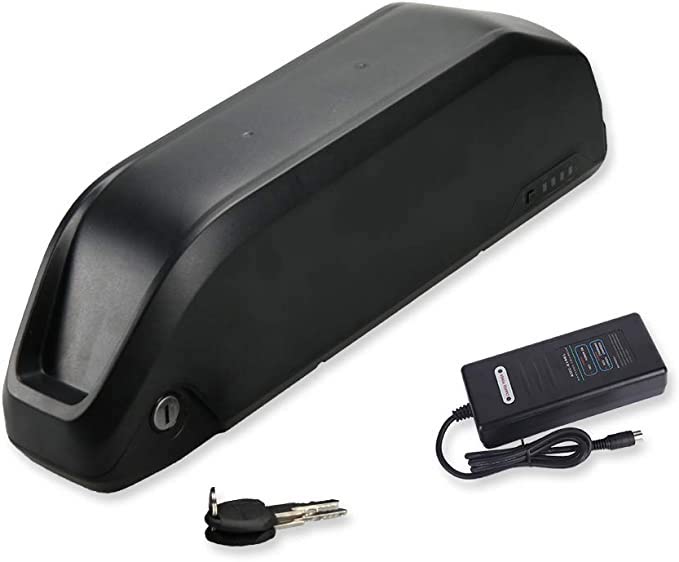



If you buy an ebike kit and battery, you can build exactly the bike you want. But first, you need a suitable frame. My ideas for a frame are in this video:
https://odysee.com/@Groucho:9/Ebike-frame-suggestions:0 Getting the right frame is not easy, I’ll admit, but surely someone out there must have thought of supplying a suitable frame? If you buy a bike then do all the mods suggested in this article, you end up with a shed-full of bits that may never get used. By building your own bike from scratch, you get EXACTLY what you want.